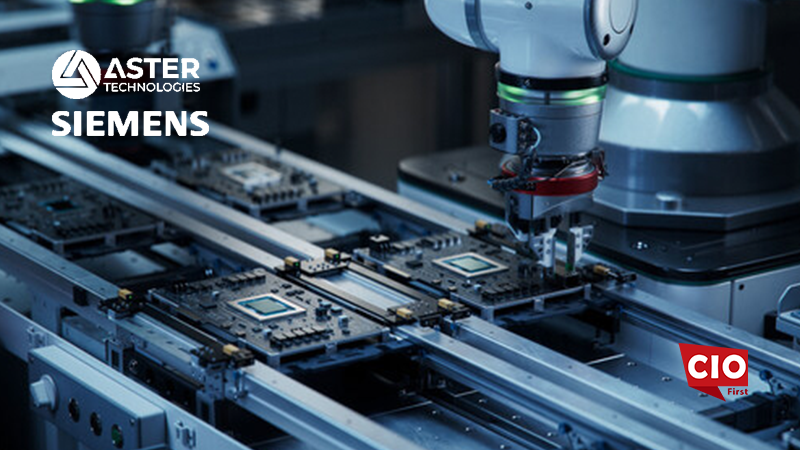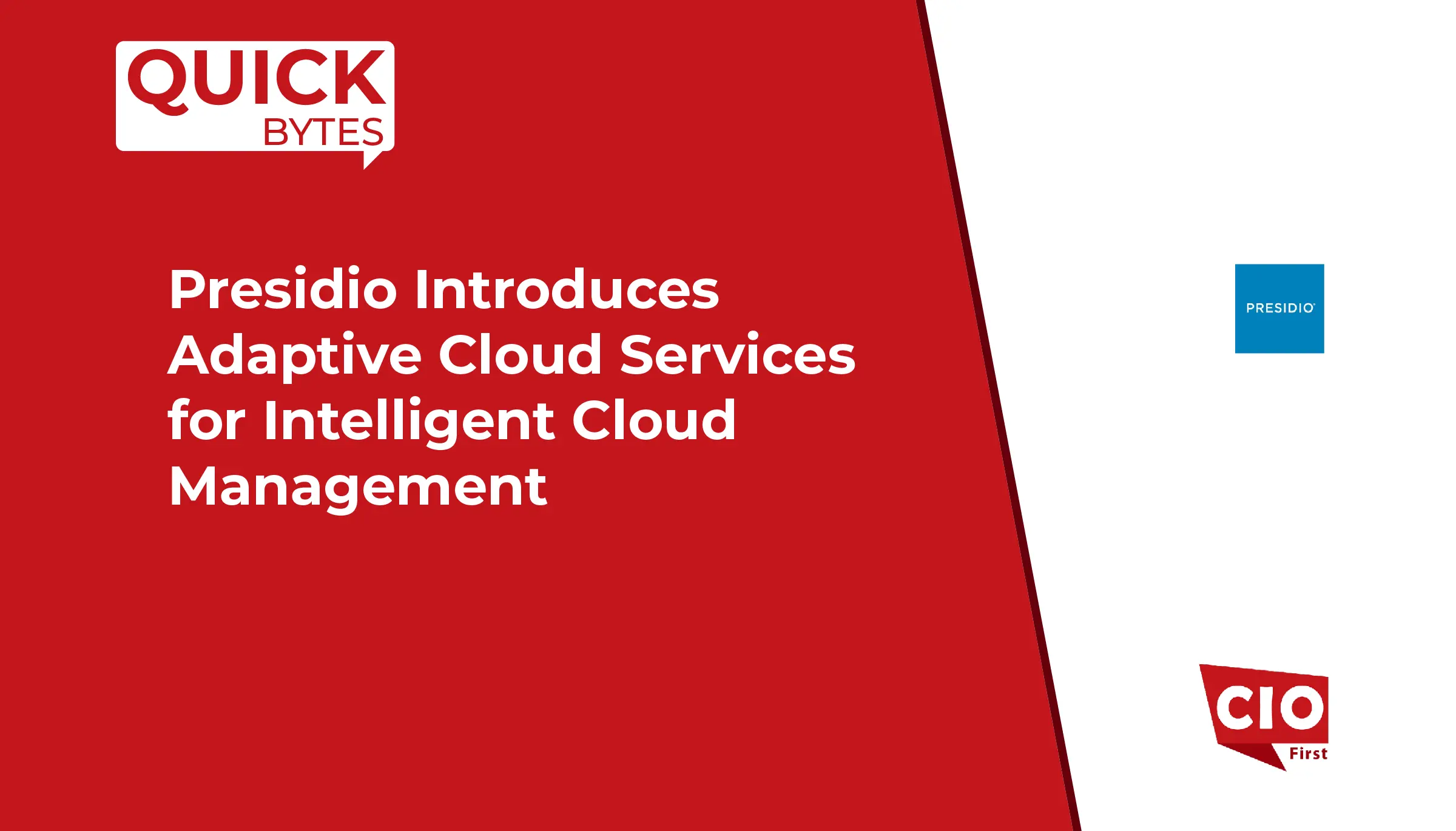Tray.io, creator of the AI-powered, multi-experience iPaaS, announced AI-augmented API Management, a new Tray Universal Automation Cloud capability that turns any new or existing workflow into a reusable API, significantly decreasing the technical debt associated with the operational effort and costs of traditional API management (APIM). Built on top of Merlin AI, the foundational intelligence layer of the Tray platform, this modern approach to APIM provides developers and business teams with a unified low-code, AI-augmented development toolkit to collaborate, innovate and streamline the creation of microservices. It transforms microservice delivery and maintenance with no additional overhead or provisioning. Additionally, with a modern connector development kit (CDK) and new Tray Build user experience, fusion teams can drive high-velocity composable, collaborative and reusable integration and automation development.
“The demand for APIs is set to further accelerate as organizations look to build new composite services that tap into AI capabilities. But for enterprises to maximize their ROI from API management initiatives, they must focus on ease of API delivery to boost their velocity and ease of management to lower their ongoing cost of operations,” said Alexander Wurm, senior analyst, Nucleus Research. “As a Leader in the 2023 iPaaS Value Matrix, Tray.io’s AI-augmented API Management promises to deliver the agility that enterprises need at a time when speed and responsiveness to change have never been more important.”
The Tray Universal Automation Cloud breaks down barriers to collaboration by offering low-code, code-first and AI-augmented development environments in the same platform, providing a common way for developers and business technologists to create automations, integrations and APIs. Powered by Merlin AI, teams can now use AI-augmented API development to speed delivery using natural language, as well as streamline the post-deployment API lifecycle, including optimization recommendations and microservice explainability and narratives. According to Gartner, “By 2028, 75% of enterprise software engineers will use AI coding assistants, up from less than 10% in early 2023.”
Also Read: Workato Named a Leader in the 2024 Gartner Magic Quadrant for iPaaS
“Enterprises simply can’t afford to use plodding, developer-only API management tooling that is painful to deliver, expensive to provision and impossible to manage. Fusion-team-based development, where business teams who use low-code and development teams who are building code-first and consuming APIs can all work together, is quickly becoming essential for enterprises to achieve the velocity they need,” said Alistair Russell, Tray.io co-founder and CTO. “It’s no longer a question of whether organizations should unify their development approaches on a single platform — but how — so they can eliminate inefficiencies, such as the need to juggle separate tooling. With Tray, teams can maximize their productivity by building integrations, automations and now APIs once and then securely share them across the organization, quickly, reusably and collaboratively to service a multitude of use cases — all on a single underlying platform for strong governance, management and control.”
Modern AI-augmented API Management Capabilities Equip Teams to Speed Microservice Delivery and Simplify Maintenance
Legacy APIM offerings are falling short as more organizations demand agile API delivery and new C-suite directives mandate that IT infuse AI into business processes. Enterprises can no longer afford to waste valuable developer resources on long development cycles; complex maintenance; and pre-serverless, core-based architectures that require extensive time and cost to provision, monitor and manage.
With Tray API Management, teams can take advantage of the following features to quickly build, deliver and manage APIs:
- Tray Build which provides a single unified development environment for teams to collaboratively create integrations and workflows and now turn them into REST APIs in a few clicks.
- API governance and control provides secure publishing, governance, access control, rate limiting and more, so teams can deploy APIs with confidence.
- Lifecycle management using Tray Build provides a visual view of API logic to facilitate changes and explainability with powerful Merlin narratives that describe every step of the business logic behind the API to fast-track developer understanding.
- Elastic scalability, powered by the platform’s serverless Enterprise Core, ensures companies can scale virtually effort-free compared to traditional rigid and difficult to provision APIM tools.
Expanded Tray Universal Automation Cloud capabilities also include:
- A Tray Connector Development Kit to build composable connectors for use across all Tray Universal Automation Cloud capabilities — process automation, data integration and APIM — and development experiences including Tray Build and Tray Code. Legacy SDKs are traditionally complex and require nuanced skill sets, but the Tray CDK is designed around Node and TypeScript for the modern developer. An OpenAPI import defines operations in seconds rather than weeks of development and features TypeScript that’s familiar for JavaScript developers versus hard-to-find skill sets like Ruby.
- An advanced Tray Build user experience centered around composability. The new user experience makes it simple to assemble integrations for every composable component — including snippets, APIs, templates and callables — by providing a singular repository to centralize and manage every building block to maximize collaboration during development and reuse across all Universal Automation Cloud capabilities.
Tray.io’s task-based pricing enables enterprises to consume any Tray Universal Automation Cloud capability — automation, integration and APIM connectivity — without having to pay for costly add-ons or buy expensive cores.
SOURCE: BusinessWire
























